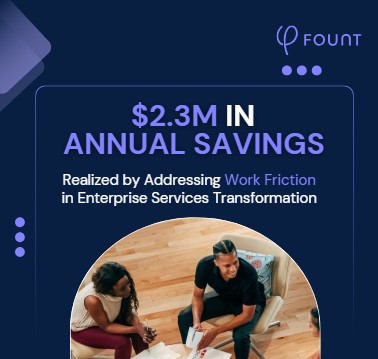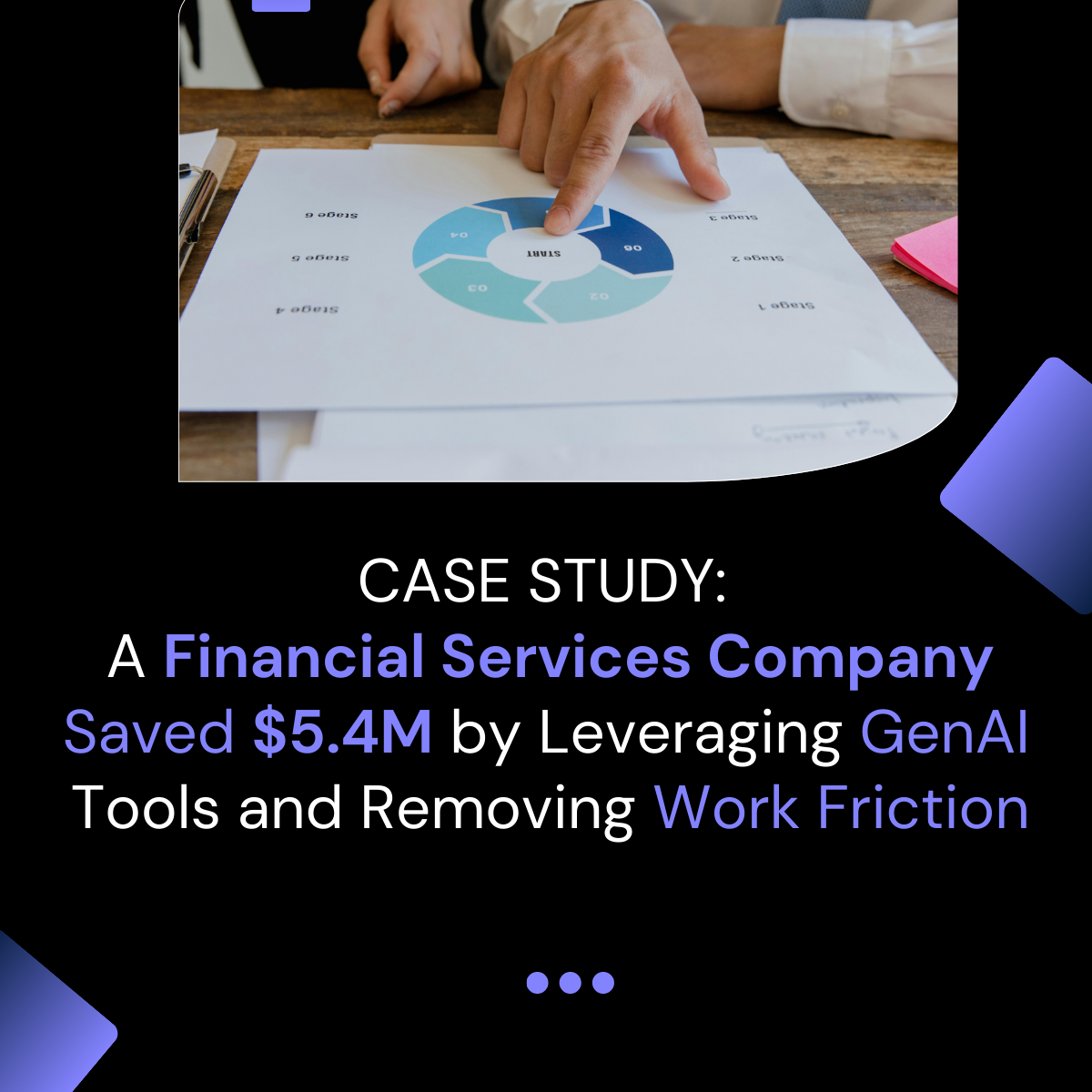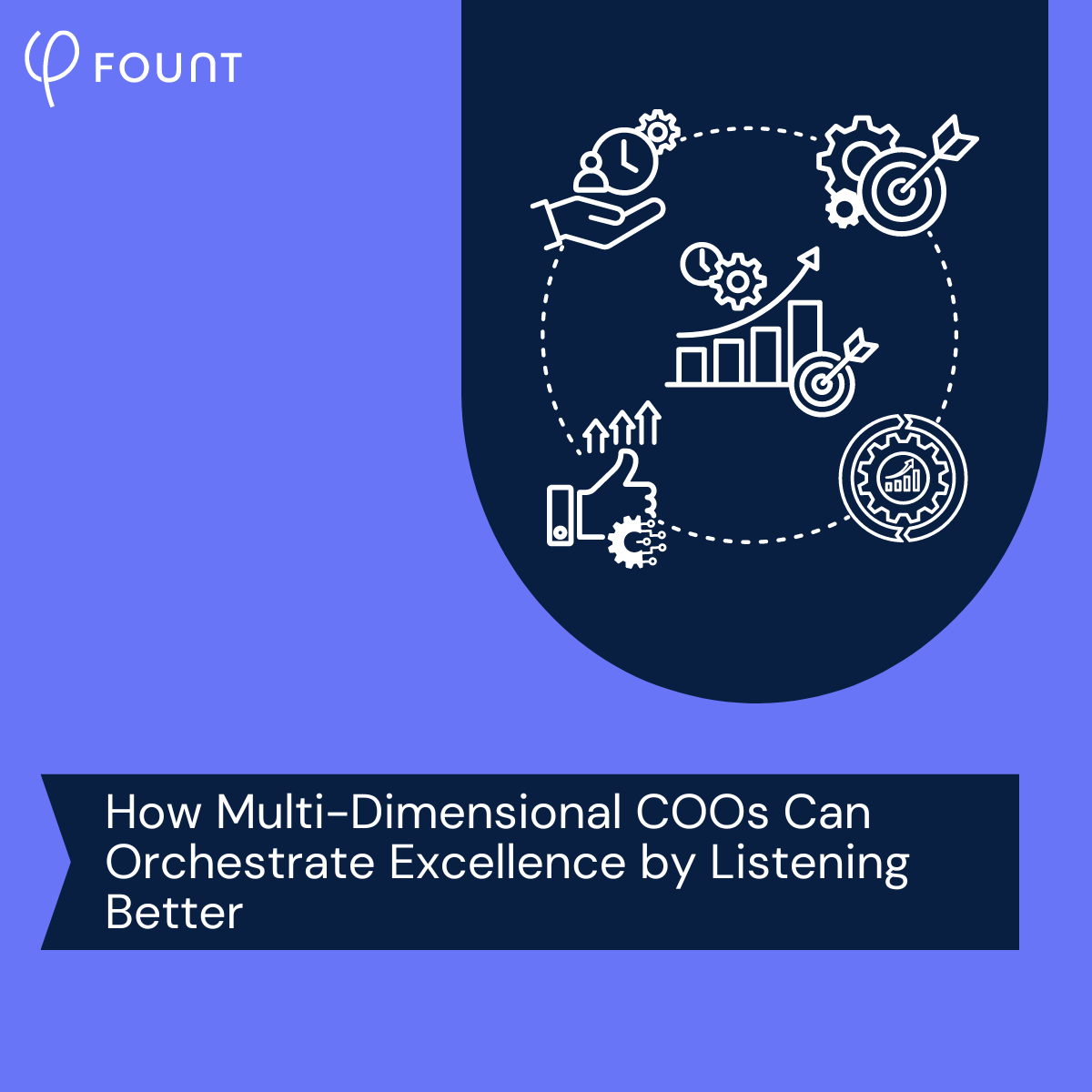Table of Contents
June Newsletter: Friction is Killing Your AI ROI.
Enterprise AI spend is growing 75%, yet ROI lags. Learn why unmeasured friction blocks AI success - and what real-world leaders are doing about it.
Enterprise AI spend is expected to increase 75% in 2026, per new a16z research. At the same time, enterprise leaders are resistant to outcome-based pricing models because of a “lack of clear, measurable outcomes” tied to the tech.
In other words: enterprises are spending more on AI but still don’t know how to make it deliver ROI.
That’s because nearly every AI deployment – and industry analysis, for that matter – ignores the problem of friction.
What is friction? It’s any person, process, or technology that prevents people from doing their work.
And it’s a huge reason why AI projects don’t deliver as promised in the business case. That’s because AI is a bottom-up technology: it depends on individual users implementing an AI tool day after day in task after task.
But if a tool isn’t easy to use, they won’t use it. And there goes your investment.
Friction is more pervasive than most enterprise leaders realize:
- 87% of employees report friction from trapped resources
- 50% report overwhelmed teams as the cause
- 48% are stymied by rigid processes
Bottom line: if you’re investing in AI without also measuring friction, you likely won’t see the ROI promised by the business case. Not sure how to measure friction? Read on.
🎙️ Now live: SSON podcast with Christophe Martel, CEO of FOUNT Global – on why transformation stalls when friction goes unmeasured, and how leaders can change that. 🔗 https://www.ssonetwork.com/intelligent-automation/podcasts/friction-data-blocking-ai-transformation
FOUNT in Action: How to Weed Out Friction in the Enterprise
Use case 1: Gamma Financial drives AI chatbot adoption, slashes $5.4 million per year in friction
Gamma Financial, a large financial services organization, introduced an AI chatbot to help its IT team code more efficiently. A few months after rollout, however, overall productivity for the team hadn’t budged.
The company worked with FOUNT to identify friction sources for the team and discovered that the documentation underpinning the codebase was subpar. This meant the AI chatbot, trained on that dataset, was not as helpful as it could be – which meant the junior developers who could have most benefitted from AI assistance weren’t using the bot.
With a clear sense of the main source of friction, Gamma was able to update documentation, improve chatbot adoption, and ultimately slash $5.4 million per year of wasted IT team hours.
Use case 2: A CPG giant tweaks its AI-powered ordering system to cut product waste
A CPG giant launched an AI-powered ordering system to streamline relationships with vendors. But early on, vendors were frustrated: they started getting too much of some products and too little of others. Product was expiring and they were missing out on potential sales.
Tensions were rising among valued vendor partners, so the company decided to look for friction.
They discovered that the AI system didn’t account for certain demand nuances, like when a product was popular due to temporary circumstances but wouldn’t be in the future. The solution: update the AI system to include more parameters so it could accurately reflect vendors’ needs.
The updated system reduced product waste while also ensuring vendors had what they needed in stores.
Use Case 3: Global enterprise accelerates Agile transformation
A global enterprise was shifting from Waterfall to Agile product development. As part of the change, it introduced a new Product Owner (PO) role and competency framework across five business units. Some POs were hired externally; others transitioned internally – bringing diverse backgrounds and interpretations of the role.
To support the transition and ensure teams could work effectively, the company partnered with FOUNT to identify sources of friction impacting the PO role.
FOUNT’s analysis surfaced two key blockers:
- Leadership Misalignment – Business, Technical, and Product leaders lacked alignment on priorities, complicating decision-making for POs.
- Role Clarity Gaps – Expectations for the PO role varied across units, and POs were often stretched thin or pulled into responsibilities outside their remit.
By addressing these friction points, the company implemented targeted improvements, resulting in a 26% improvement in Feature Time to Release, signaling a smoother transition to Agile and better alignment across teams.
Most Recent Blog Posts:
Breaking the False Tradeoff in GBS: Efficiency vs. Experience
Too many GBS teams are stuck in a false tradeoff: efficiency vs. experience. But modern leaders are measuring friction and using experience data to drive productivity, reduce costs, and transform service quality. This piece explores an emerging framework for GBS leaders.
🤔Dig into this emerging line of thinking
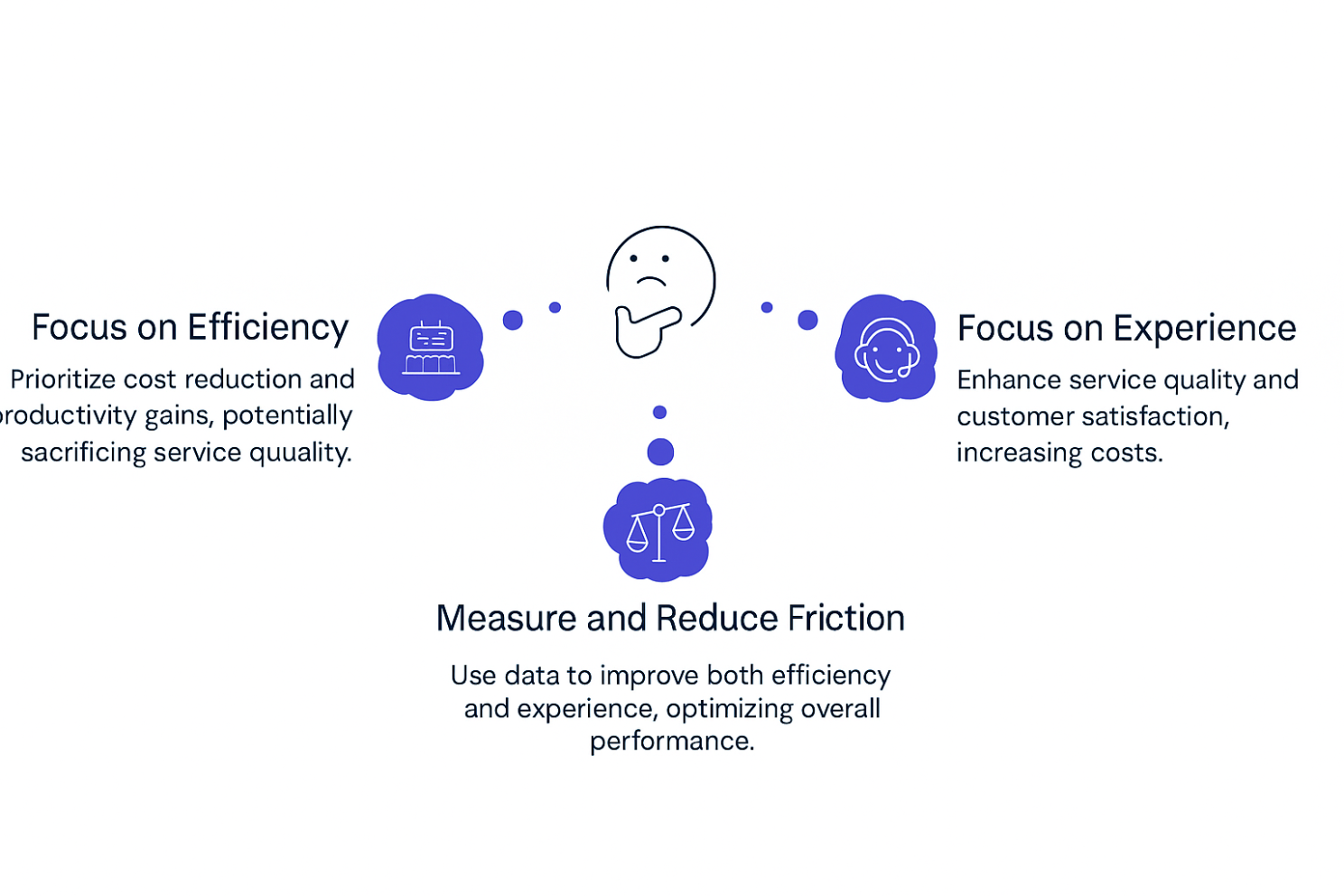
What We Are Reading:
Recalculating the Costs and Benefits of Gen AI
In this HBR article, associate professor of organizational behavior Mark Mortensen suggests considering not just the potential benefits of generative AI (increased speed and productivity, for example) but also its costs (e.g., decreased learning or skill development). It’s a thoughtful argument for how organizations can be more deliberate about where to use gen AI – and where to invest in developing human talent.
New from Deloitte: 69% of Tech Leaders Expect Hiring to Increase Thanks to Gen AI
Deloitte’s latest Tech Exec Survey found that, contrary to buzzy media headlines, most IT executives expect to expand hiring because of generative AI. The catch: the workforce may not have the skills these execs are seeking (but 58% of IT leaders have investment plans to build those skills). The full report includes insights on pivoting to being an AI-first organization.
Upcoming webinar (Last Reminder to Register!):
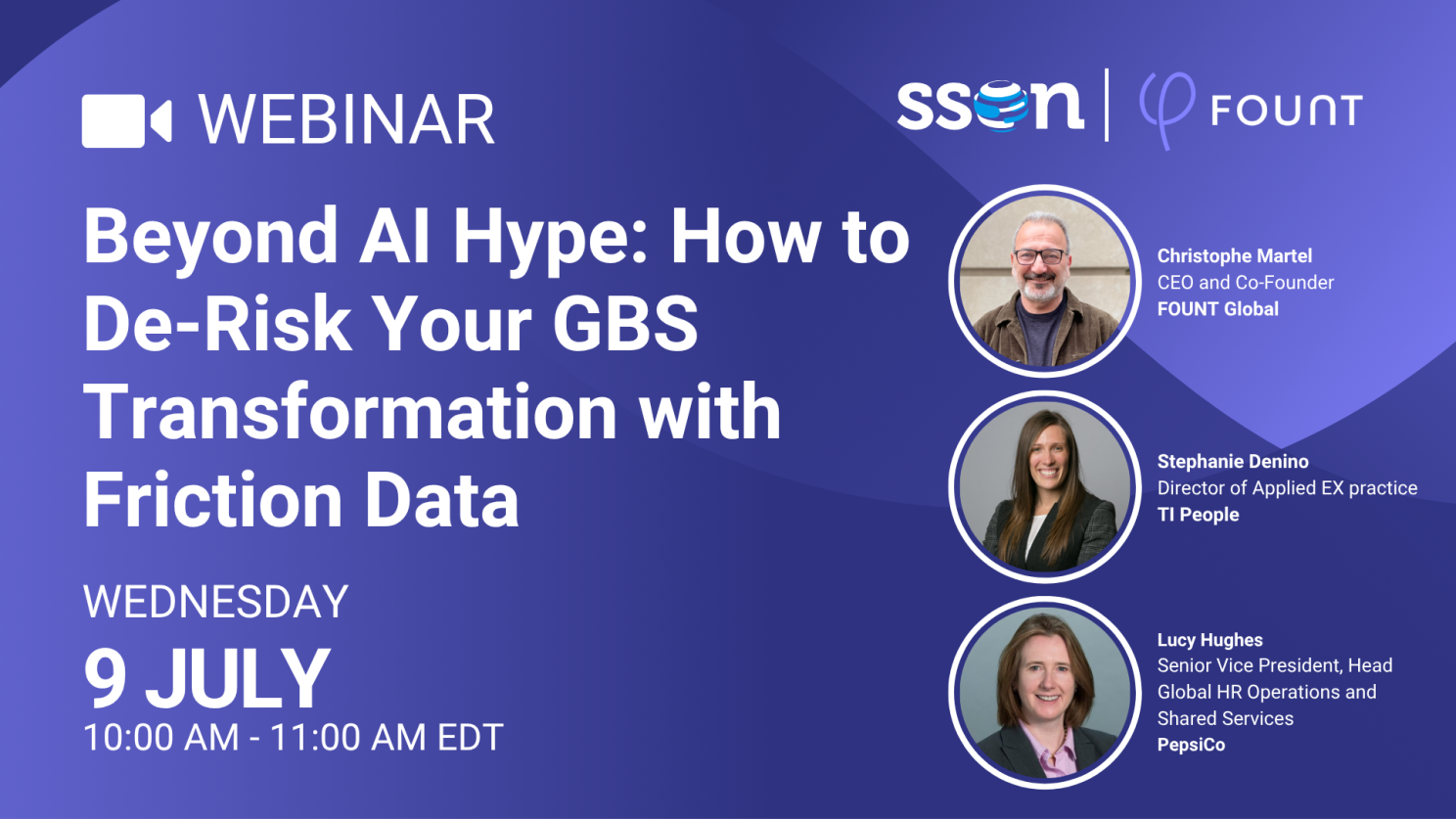
Join Christophe Martel, CEO of FOUNT Global, Inc. , Lucy Hughes, VP Head Global HR Operations and Shared Services of PepsiCo, and Stephanie Denino, Manang Director of TI People , as they spotlight how GBS leaders are fixing a bigger problem: the way work gets measured. Lucy will share real stories of how friction data is helping… Register here!
New Event Alert!
Volker Jacobs, co-founder of FOUNT Global, Inc. , will be presenting key findings from the research “AI-POWERED HR – How to Evolve the HR Operating Model for the AI Era” (Read about Research here) at an upcoming Executive Networks Webinar on July 10th. The webinar will explore how AI is transforming HR operating models and what steps organizations can take to stay ahead.
Join Volker at the webinar: Register here!
Here are the links to the sources mentioned:
Related Resources
See all News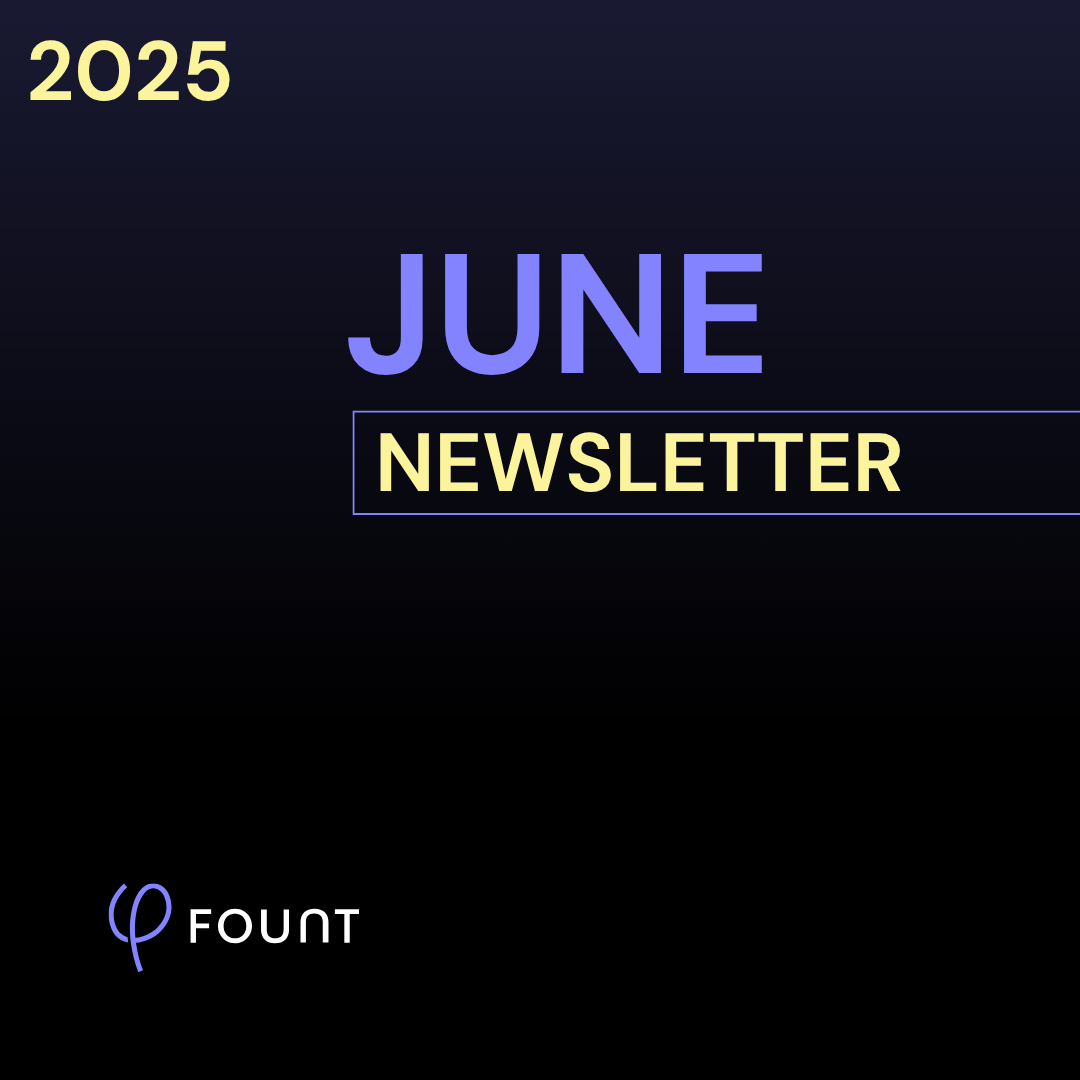
FOUNT News
June Newsletter: Friction is Killing Your AI ROI.
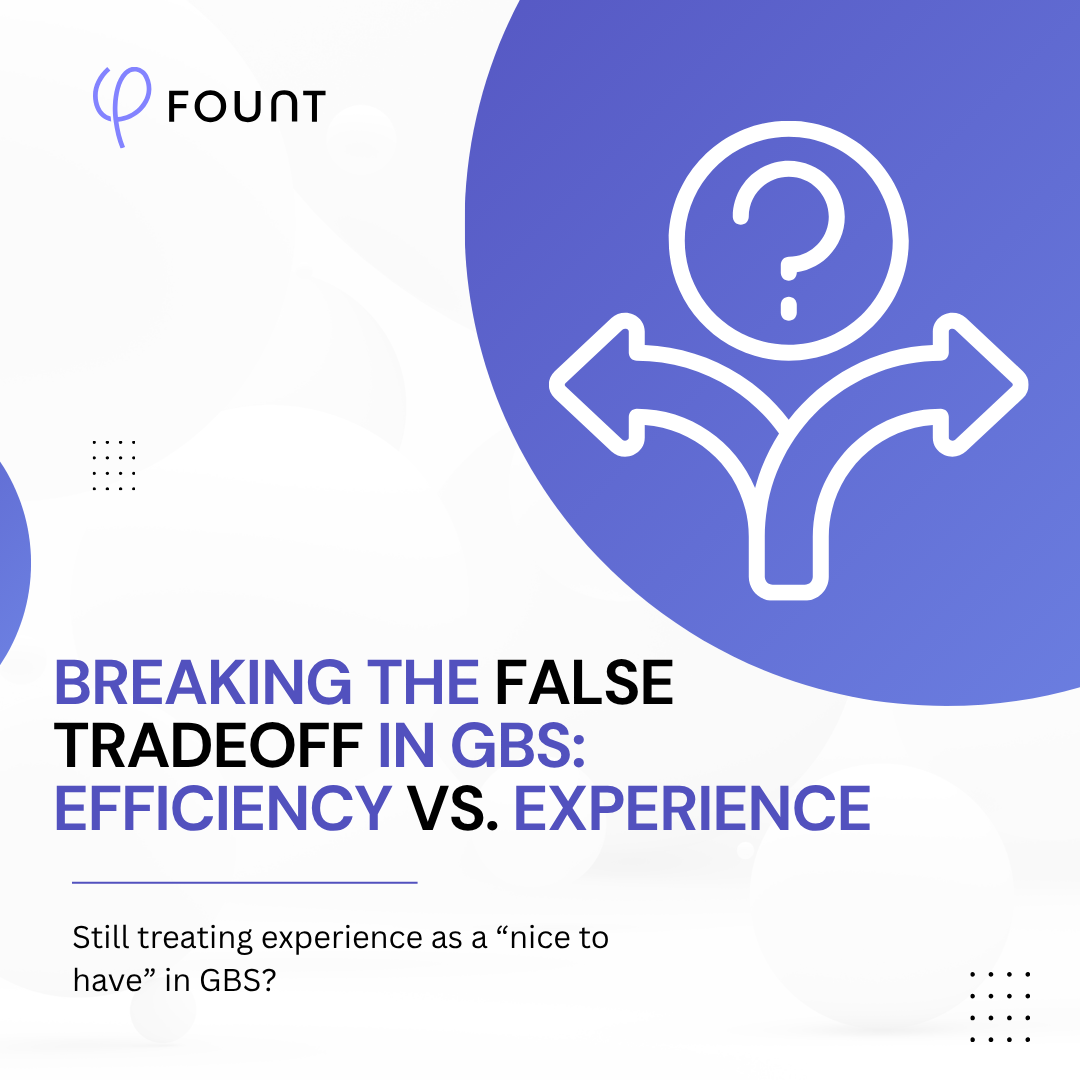
Insights
Breaking the False Tradeoff in GBS: Efficiency vs. Experience
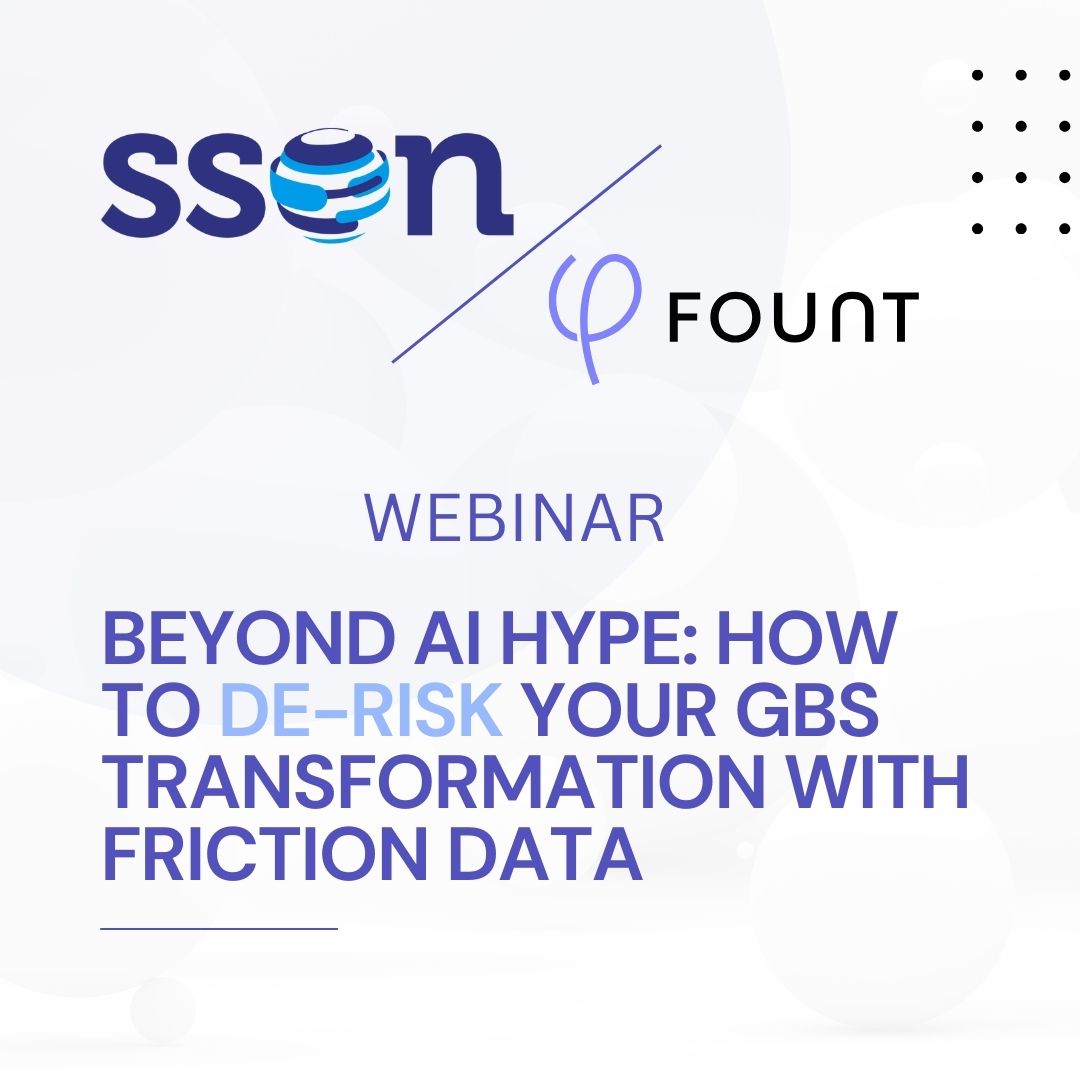
Events
LIVE Webinar – July 9th for SSON Network. Beyond AI Hype: How to De-Risk Your GBS Transformation with Friction Data
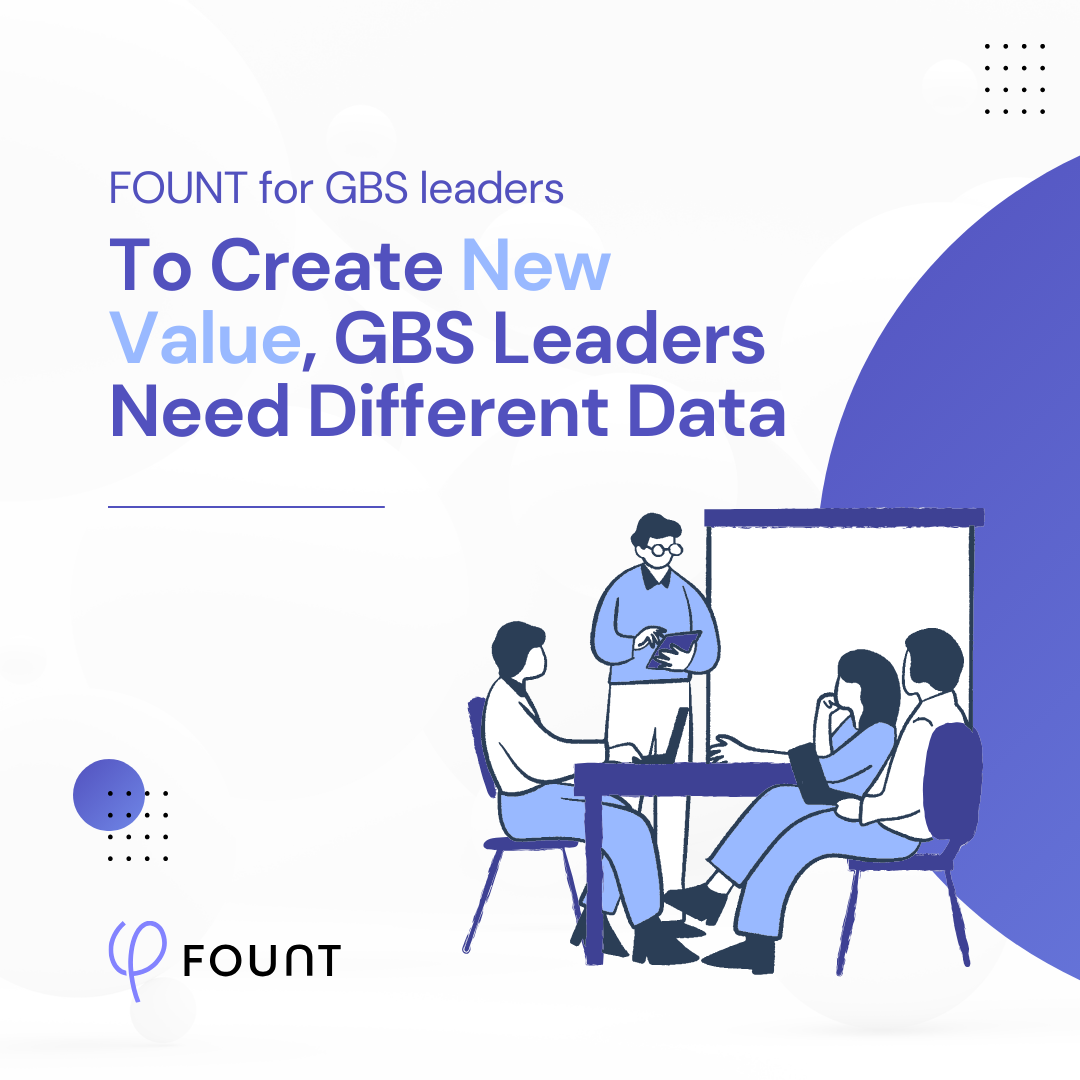
Insights
To Create New Value, GBS Leaders Need Different Data
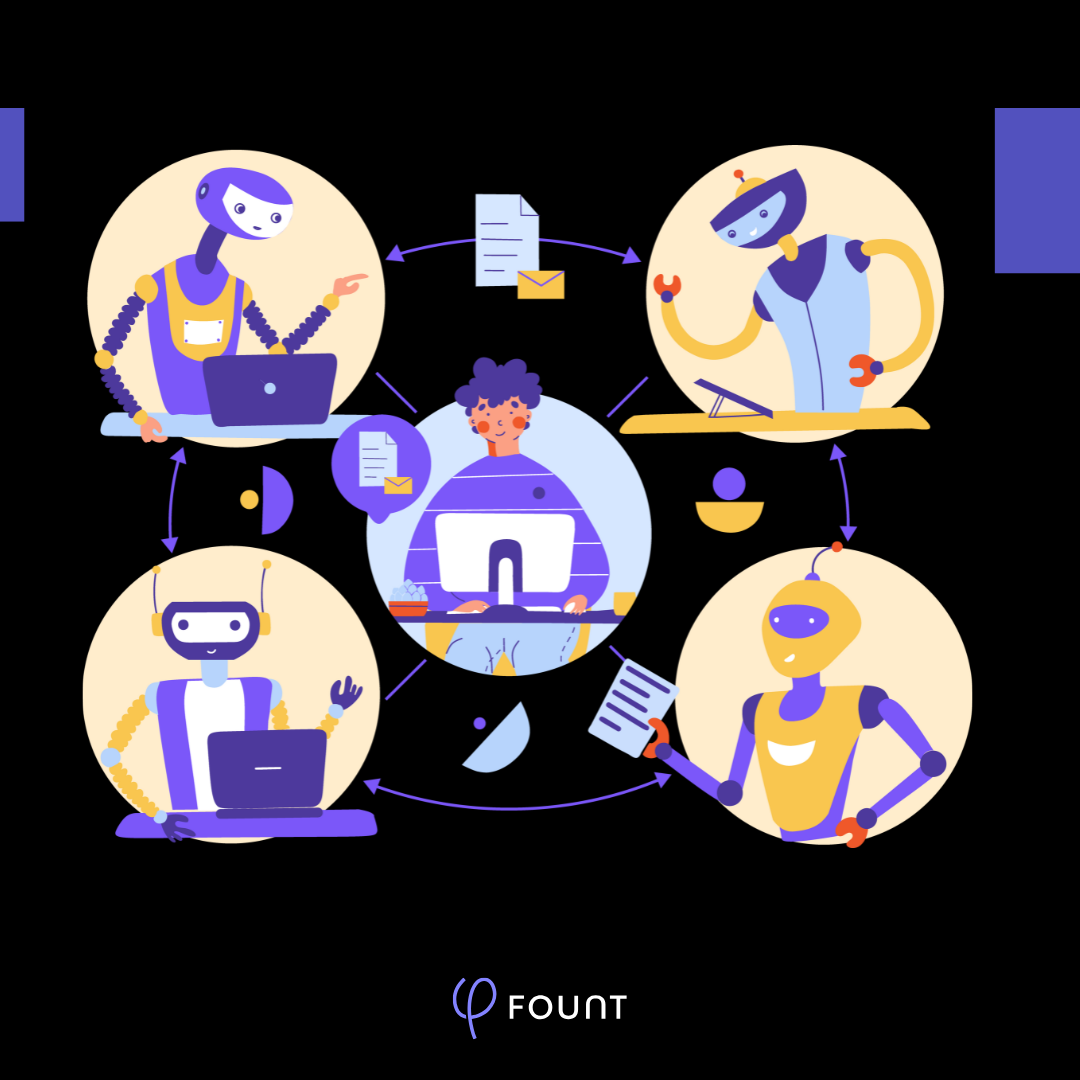
Insights
How to Keep Up with the Latest AI Developments
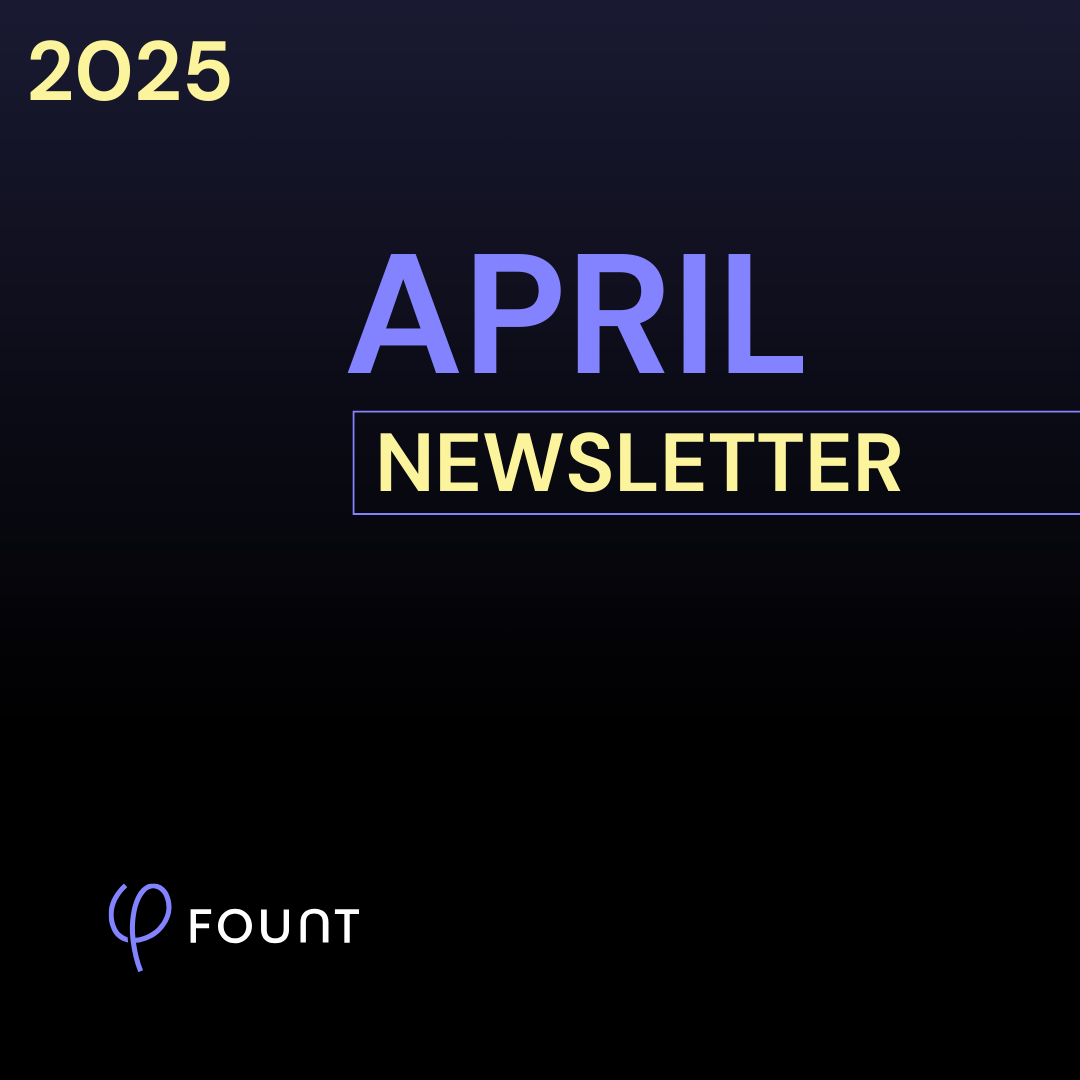
Insights
APRIL Newsletter. Friction: You Can’t Improve What You Can’t See

Guest Post
AI is Reshaping the HR Operating Model: Here’s What 15 Leading Companies Discovered
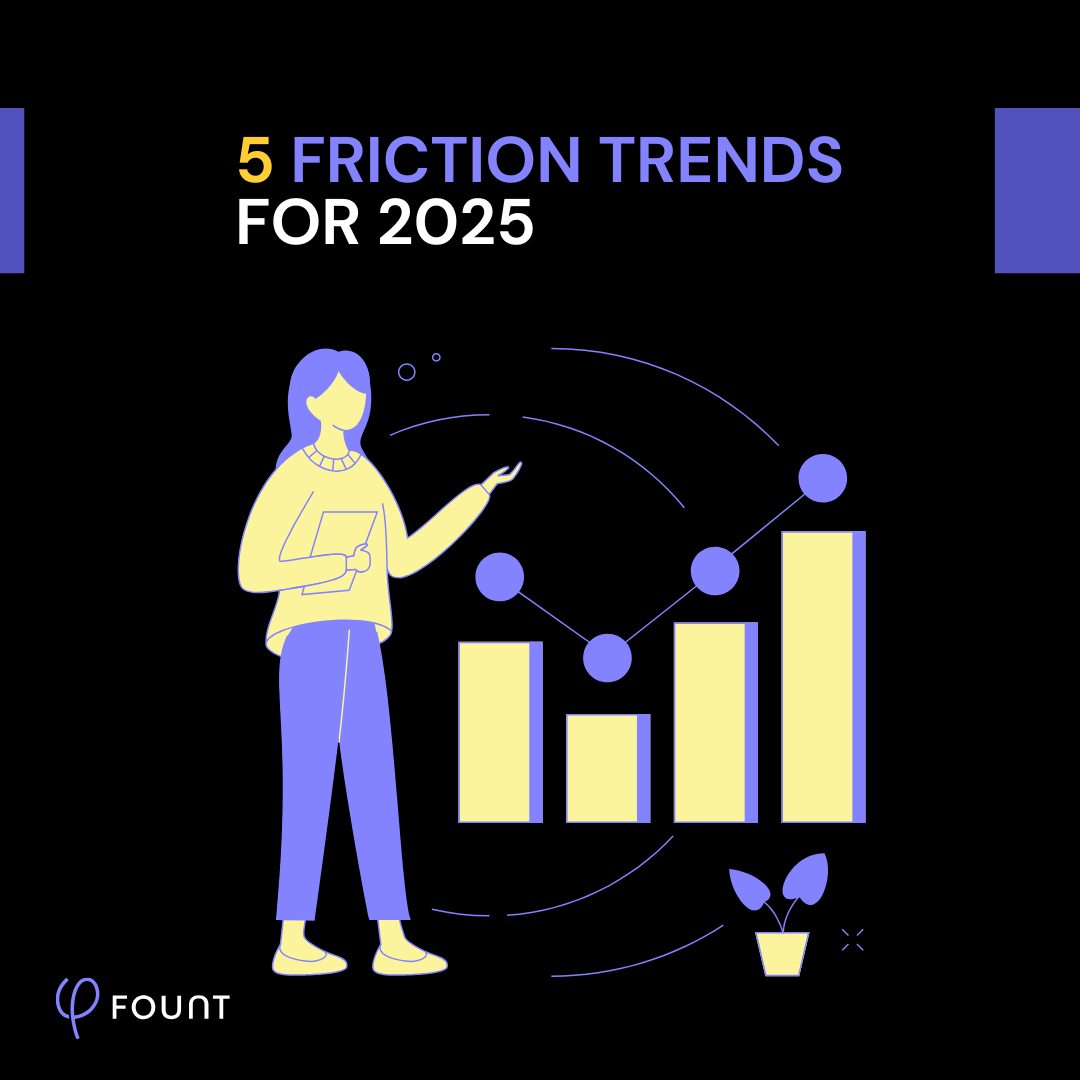
Insights
5 Friction Trends for 2025
